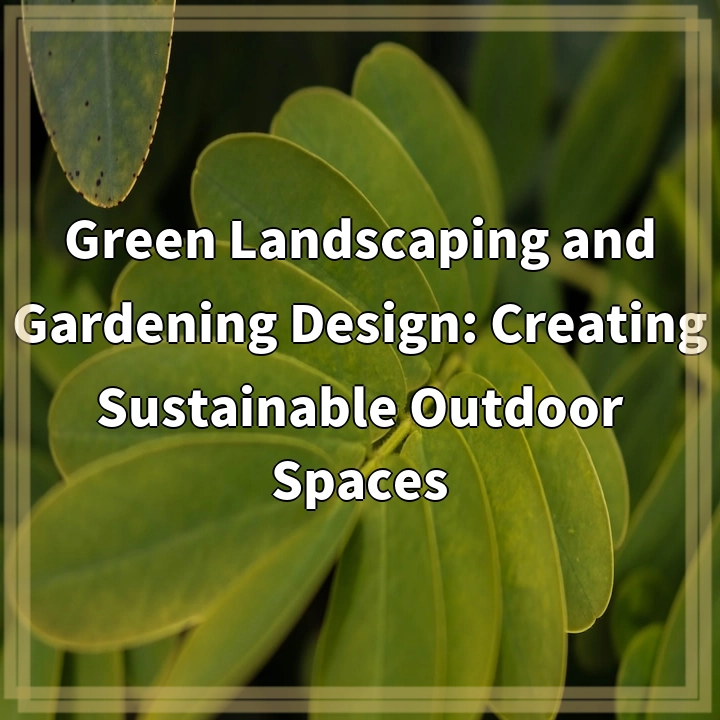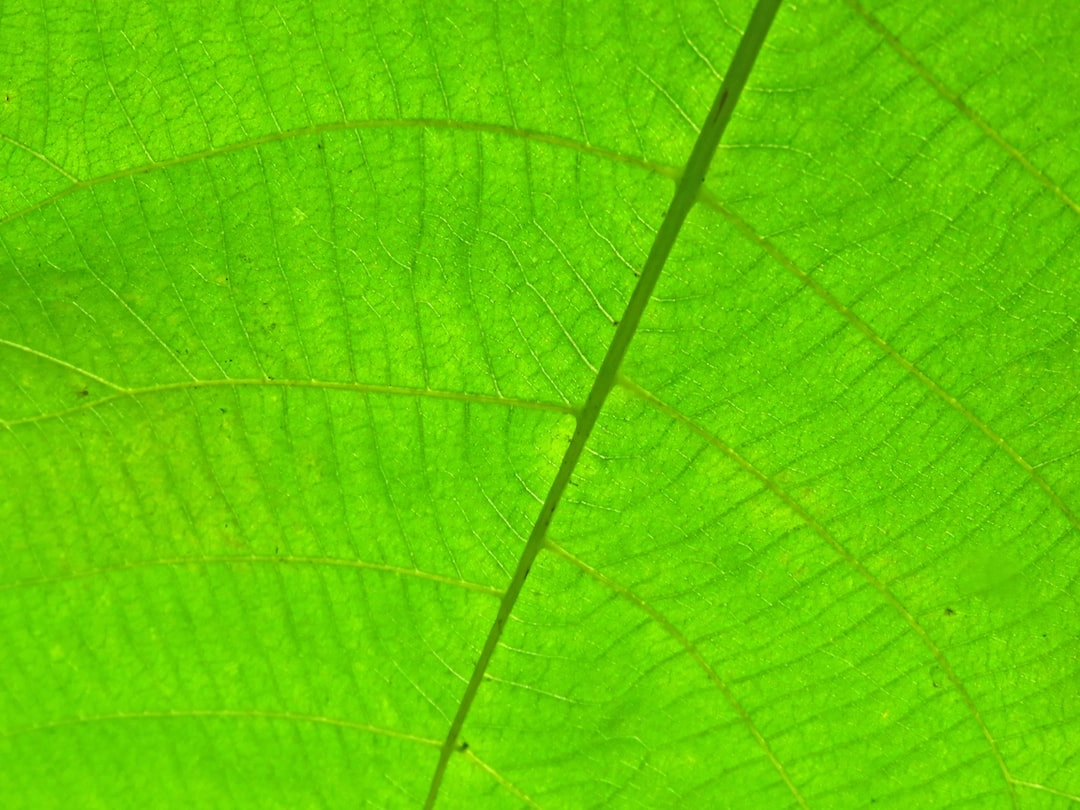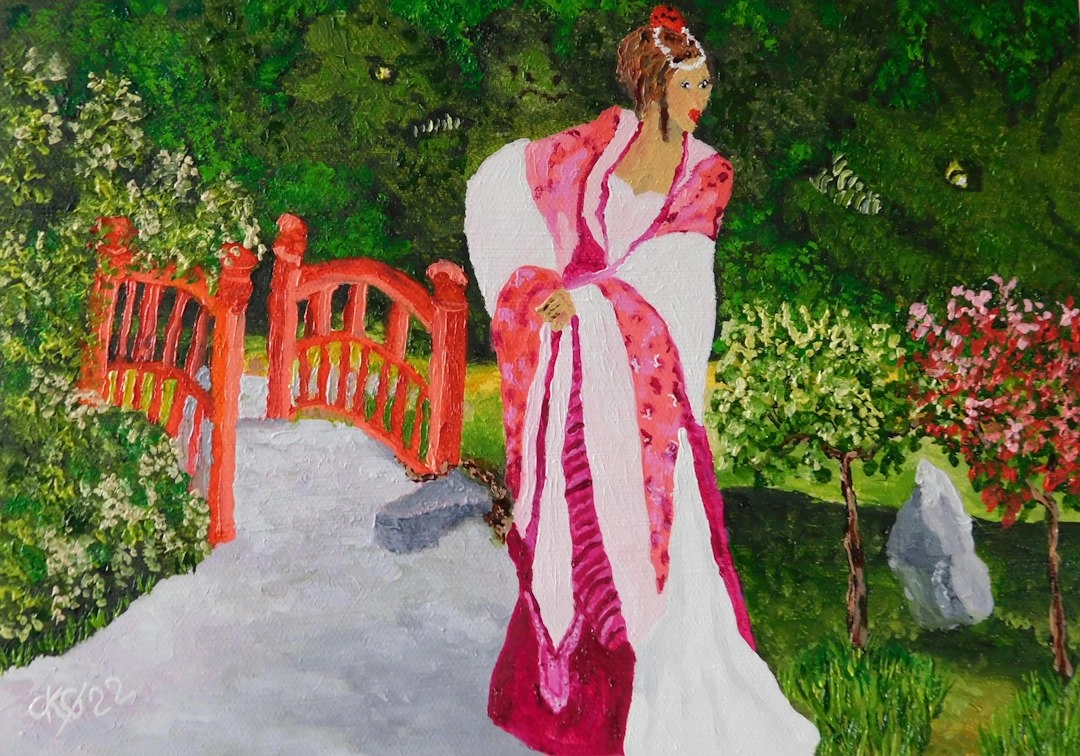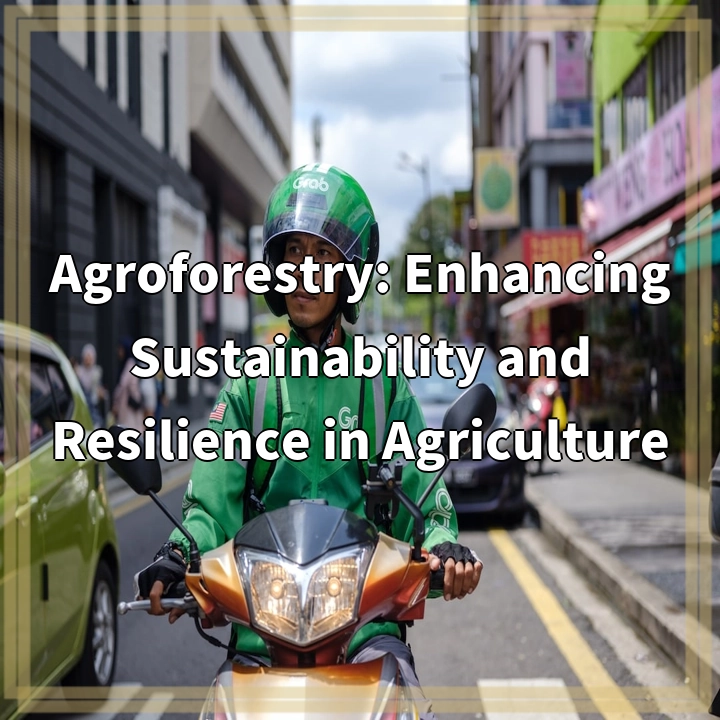
What is Green Landscaping and Gardening Design?
Green landscaping and gardening design is an approach to outdoor spaces that prioritizes sustainability, environmental conservation, and the use of natural materials and resources. It involves creating landscapes and gardens that not only enhance the aesthetic appeal of a space but also support the health and well-being of the ecosystem.
Real-World Problems Associated with Green Landscaping and Gardening Design
While green landscaping and gardening design offer numerous benefits, there are also challenges and real-world problems associated with implementing these practices. It is important to be aware of these issues to effectively address them and create truly sustainable outdoor spaces. Some of the key challenges include:
1. Water Management
One of the primary concerns with green landscaping is efficient water management. Traditional landscaping practices often rely heavily on irrigation systems, leading to excessive water usage and wastage. Green landscaping aims to minimize water consumption through methods such as utilizing native plant species that are adapted to the local climate, installing rainwater harvesting systems, and implementing smart irrigation techniques that optimize water usage.
2. Soil Health
Another significant challenge is maintaining soil health in green landscaping. Conventional gardening practices that involve the use of chemical fertilizers and pesticides can degrade the soil over time, impacting its fertility and overall ecosystem health. Green landscaping focuses on using organic and natural fertilizers, composting, and practicing integrated pest management to promote soil health and biodiversity in the outdoor space.
3. Biodiversity Conservation
Protecting and promoting biodiversity is a crucial aspect of green landscaping and gardening design. However, urbanization and traditional landscaping practices often lead to the loss of habitat and a decline in native plant and animal species. Green landscaping aims to create micro-ecosystems that support local wildlife by incorporating native plant species, creating wildlife-friendly habitats, and minimizing the use of chemical pesticides that can harm beneficial insects and pollinators.
4. Maintenance and Long-Term Sustainability
Maintaining a green landscape requires careful planning and ongoing maintenance. Without proper care, green outdoor spaces can become overgrown, lose their original design intent, and fail to provide the desired functionality. Investing in long-term sustainability includes regular pruning, mulching, composting, and monitoring the health of plants to ensure their continued growth and vitality.

Solutions for Green Landscaping and Gardening Design
1. Efficient Water Management
To address the issue of water management, green landscaping practices include the use of native plant species that require less water, incorporating rainwater harvesting systems to capture and reuse water, and implementing smart irrigation techniques such as drip irrigation systems or soil moisture sensors to optimize water usage.
2. Promoting Soil Health
Maintaining soil health involves using organic and natural fertilizers to improve soil fertility, implementing composting practices to enrich the soil with organic matter, and practicing integrated pest management techniques to reduce the need for pesticides and protect beneficial organisms in the soil.
3. Conservation of Biodiversity
To promote biodiversity in outdoor spaces, green landscaping focuses on using native plant species that provide food and shelter for local wildlife, creating wildlife-friendly habitats such as birdhouses and bee houses, and minimizing the use of chemical pesticides to protect beneficial insects and pollinators.
4. Long-Term Sustainability and Maintenance
Ensuring long-term sustainability involves regular maintenance practices such as pruning to control plant growth, mulching to retain moisture and suppress weeds, and monitoring the health of plants to address any issues promptly. Additionally, periodic evaluation and adjustment of design elements can help maintain the intended functionality and aesthetics of the outdoor space.















